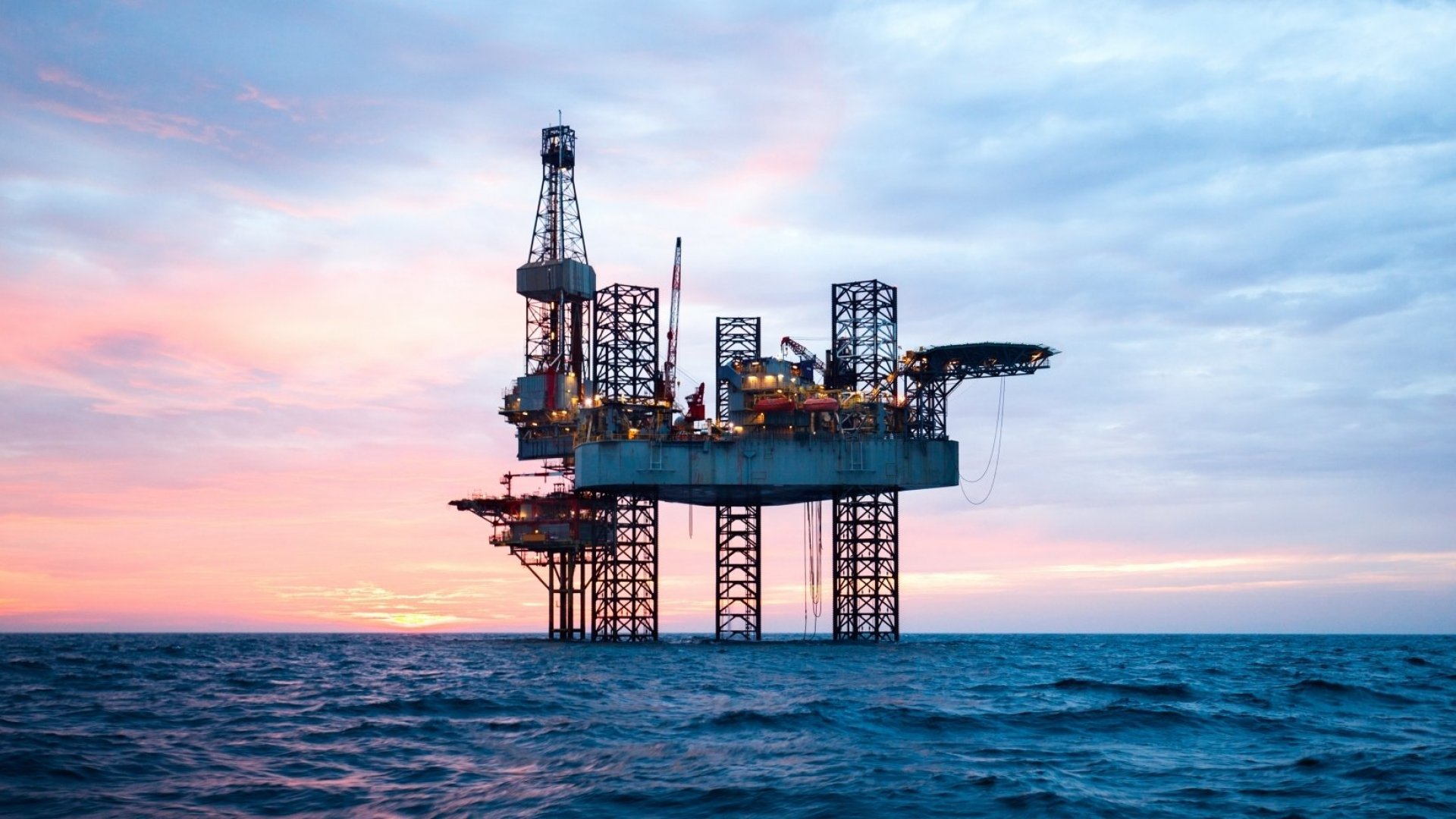Heat exchangers
For the compressor to operate efficiently, gas temperature should be low.
The lower the temperature, the less energy will be used to compress the gas
for the given final pressure
and temperature. However,
both gas from separators
and compressed gas are
relatively hot. When gas is
compressed, it must remain
in thermodynamic balance,
which means that the gas
pressure times the volume
over the temperature
(PV/T) must remain
constant. (PV = nkT). This
ends up as a temperature
increase.
49
Heat exchangers of various forms are used to cool the gas. Plate heat
exchangers (upper picture) consist of a number of plates where the gas and
cooling medium pass between alternating plates in opposing directions.
Tube and shell exchangers (next picture) place tubes inside a shell filled with
cooling fluid. The cooling fluid is often pure water with corrosion inhibitors.
When designing the
process, it is important to
plan the thermal energy
balance. Heat should be
conserved, e.g., by using
the cooling fluid from the
gas train to reheat oil in the
oil train. Excess heat is
dispersed, e.g., by
seawater cooling.
However, hot seawater is
extremely corrosive, so
materials with high
resistance to corrosion,
such as titanium must be
used. Photo: SEC Shell and
Tube
Heat Exchanges
4.3.2 Scrubbers and reboilers
The separated gas may contain mist and other liquid droplets. Drops of
water and hydrocarbons also form when the gas is cooled in the heat
exchanger, and must be removed before it reaches the compressor. If liquid
droplets enter the compressor, they will erode the fast rotating blades. A
scrubber is designed to remove small fractions of liquid from the gas.
There are various types of gas-drying equipment available, but the most
common suction (compressor) scrubber is based on dehydration by
absorption in triethylene glycol (TEG). The scrubber consists of many levels
of glycol layers.
A large number of gas traps (enlarged detail) force the gas to bubble up
through each glycol layer as it flows from the bottom to the top of each
section.
Processed glycol is pumped in at the top from the holding tank. It flows from
level to level against the gas flow as it spills over the edge of each trap.
50
During this process, it absorbs liquids from the gas and comes out as rich
glycol at the bottom. The holding tank also functions as a heat exchanger for
liquid, to and from the reboilers.
The glycol is recycled by removing the absorbed liquid. This is done in the
reboiler, which is filled with rich glycol and heated to boil out the liquids at
temperature of about 130-180 °C (260-350 °F) for a number of hours.
Usually there is a distillation column on the gas vent to further improve
separation of glycol and other hydrocarbons. For higher capacity, there are
often two reboilers which alternate between heating rich glycol and draining
recycled processed glycol. On a standalone unit, the heat is supplied from a
burner that uses the recovered vaporized hydrocarbons. In other designs,
heating will be a combination of hot cooling substances from other parts of
the process and electric heaters, and recycling the hydrocarbon liquids to the
third stage separator.
Figure
7, Glycol regeneration
4.3.3 Compressors, anti-surge and performance
Compressors are used in many parts of the oil and gas process, from
upstream production to gas plants, pipelines, LNG and petrochemical plants.
The overview given here will therefore be referenced from other sections.
Several types of compressors are used for gas compression, each with
different characteristics such as operating power, speed, pressure and
volume:
51
• Reciprocating compressors, which use a piston and cylinder design
with 2-2 cylinders are
built up to about 30
MW power, around
500-1,800 rpm (lower
for higher power) with
pressure up to 5MPa
(500 bars). Used for
lower capacity gas
compression and
high reservoir
pressure gas injection. Photo: Ariel corp.
• Screw compressors
are manufactured up to
several MW,
synchronous speed
(3,000/3,600 rpm) and
pressure up to about
2.5 MPa (25 bar). Two
counter-rotating screws
with matching profiles
provide positive
displacement and a
wide operating range.
Typical use is natural
gas gathering.
Photo: Mycom/Mayekawa
mfg.
• Axial blade and fin
type compressors
with up to 15 wheels
provide high volumes at
a relatively low
pressure differential
(discharge pressure 3-5
times inlet pressure),
speeds of 5,000-8,000
rpm, and inlet flows up
to 200,000 m3
/hour.
Applications include air compressors and cooling compression in LNG
plants. Axial rotor photo: Dresser Rand


